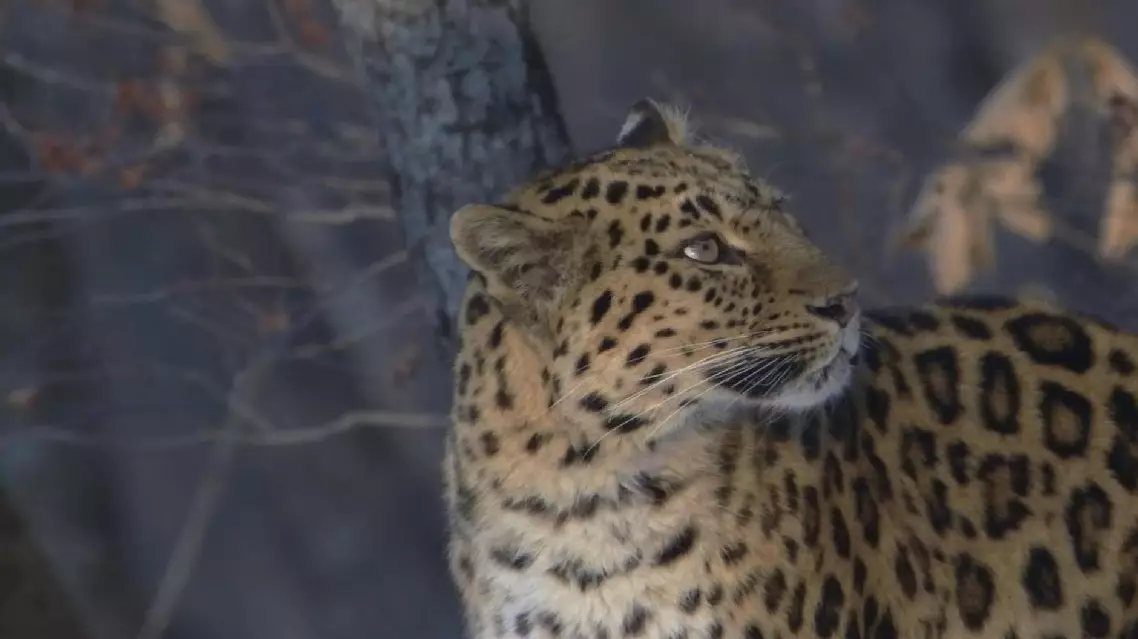China's efforts to enhance habitat environments in northeastern areas for Amur leopards and Siberian tigers are yielding significant results, with a notable population increase recorded at the Northeast China Tiger and Leopard National Park over the past three years.
The national park stands alone as the critical breeding ground and refuge for wild Siberian tigers and Amur leopards in China, with strict national policies spurring a remarkable comeback for the endangered cats.
Last December, China Central Television reported that in a rare incident, an 8-year-old male leopard had been attacked and eaten by an adult male Siberian tiger in the park.
A few months after the incident, another leopard moved into the territory previously occupied by the deceased leopard numbered as No. 73. Notably, this leopard had never been recorded in the database, and its identity remained unexplored.
"Using AI identification, we compared our database and discovered that this is a new leopard. He has been frequently spotted in the former territory of leopard No. 73. Given this behavior, it's likely that the male leopard will soon claim the territory left vacant by leopard No. 73," said Feng Limin, a professor at the College of Life Sciences of Beijing Normal University.
Frequent sightings of a new male leopard in the past month suggest a thriving population. This quick replacement, following a prior death, reflects the Amur leopard's rapid recovery in the park. It also indicates a healthy ecosystem with robust reproduction for both tigers and leopards.
Furthermore, monitoring data reveals a significant acceleration in the recovery of the park's tiger and leopard populations.
"Before the pilot project of the Northeast Tiger and Leopard National Park started in 2015, our country's wild Siberian tiger population stood at 27, while the leopard population was 42. By the end of the pilot project in 2021, the number of wild Siberian tigers in the park had surpassed 50, and the wild leopard population had exceeded 60. According to the latest monitoring data, approximately 70 wild Siberian tigers and 80 wild leopards currently inhabit the park, spanning 11,000 square kilometers, which accounts for nearly 80 percent of the park's total area," said Duan Zhaogang, head of the park's administration bureau.
In 2023 alone, the park welcomed 20 new wild Siberian tiger cubs and 15 wild leopard cubs. When comparing the data from nearly 10 years ago, it's evident that the survival rate of wild tigers and leopards has risen from 33 percent in 2015 to nearly 50 percent today, according to the data.

Siberian tigers, Amur leopards flourish in northeast China's national park









